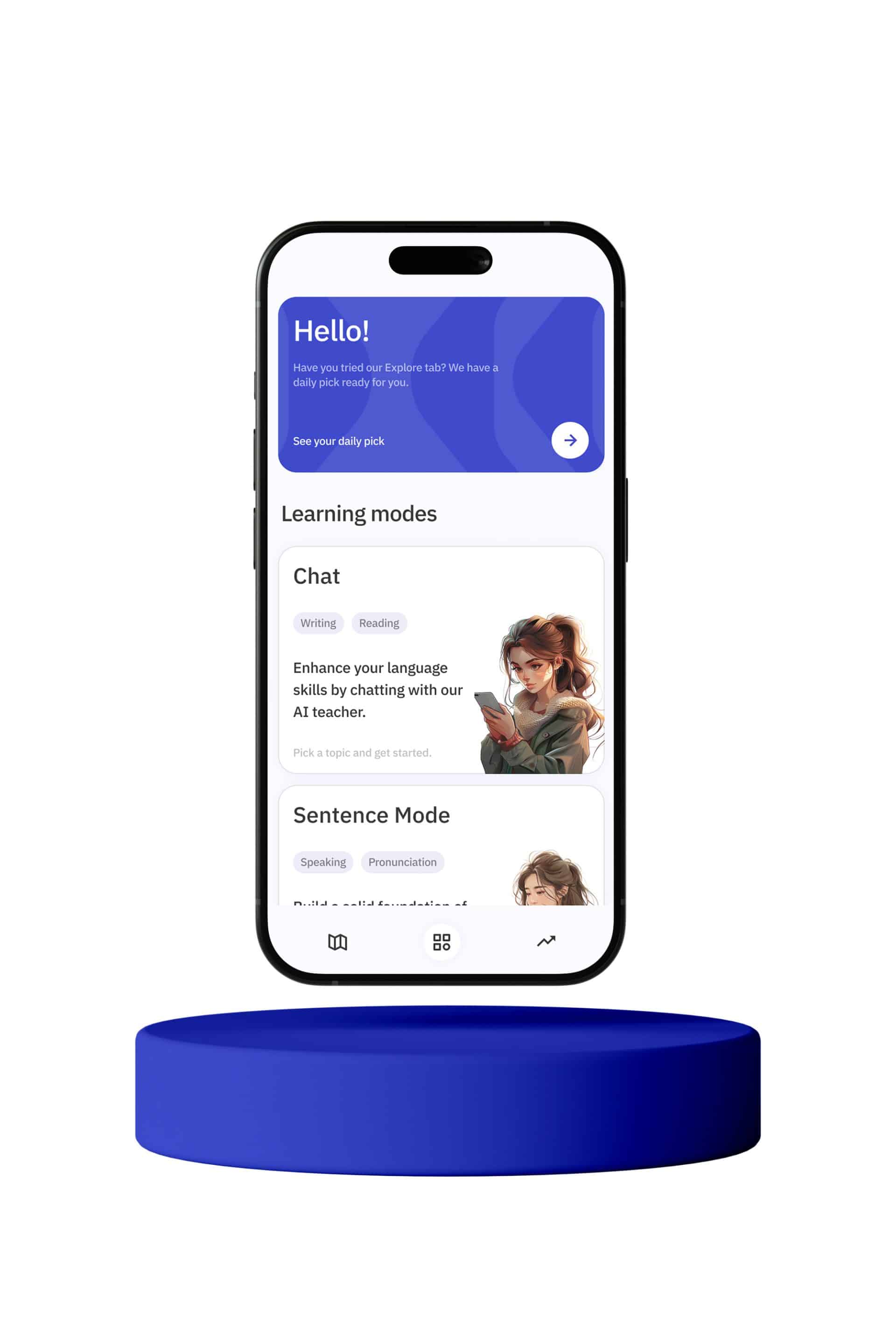When learning a new language, mastering vocabulary is crucial to achieving fluency. One of the common challenges English speakers face when learning French is understanding the various terms used for animals, particularly poultry. In this article, we will delve into the nuances of the French words “poule” and “coq” to help you understand their meanings, uses, and distinctions. By the end of this article, you’ll have a clearer grasp of these terms and how to use them correctly in conversation and writing.
Firstly, let’s begin with the term “poule.” In French, “poule” refers to a hen, which is a female chicken. The word “poule” is used to describe an adult female chicken that is typically kept for laying eggs. It’s important to remember that “poule” is specifically used for the female of the species. For example, if you visit a farm in France and you see chickens, you might ask, “Combien de poules avez-vous?” which translates to “How many hens do you have?”
Now, let’s turn our attention to the word “coq.” The term “coq” refers to a rooster, which is an adult male chicken. Unlike “poule,” which is used for females, “coq” is used exclusively for males. Roosters are known for their distinctive crowing, which is called “chant du coq” in French. If you hear a rooster crowing in the morning, you might say, “J’ai entendu le chant du coq,” meaning “I heard the rooster crowing.”
It’s also worth noting the cultural significance of the rooster in France. The rooster, or “coq,” is a national symbol of France and is often associated with French pride and heritage. You might see the image of a rooster on French sports jerseys, coins, and various other symbols of national identity.
While “poule” and “coq” are the primary terms for adult female and male chickens, respectively, there are other related terms that you might encounter. For example, the word “poussin” refers to a chick, which is a young chicken that has not yet reached adulthood. This term is used for both male and female chicks. You could say, “Le poussin est très mignon,” meaning “The chick is very cute.”
Another related term is “poulet.” The word “poulet” can be a bit tricky because it has multiple meanings. While it can refer to a young chicken, it is most commonly used to describe chicken as food. When you order chicken in a French restaurant, you would use the term “poulet.” For instance, “Je voudrais du poulet” means “I would like some chicken.” It’s important to be mindful of the context in which “poulet” is used to understand whether it refers to the animal or the food.
Additionally, there is the term “chapon.” A “chapon” is a capon, which is a castrated rooster. Capons are often raised for their meat, which is considered to be more tender and flavorful compared to that of a regular rooster. In culinary contexts, you might come across dishes featuring “chapon”, especially during festive occasions.
Understanding these terms is not only essential for language learners but also for anyone interested in French cuisine and culture. For example, if you are reading a French recipe or menu, knowing the difference between “poule”, “coq”, “poulet”, and “chapon” can help you better understand what you are eating or preparing. Additionally, if you are traveling in a French-speaking region, being able to correctly identify and use these terms can enhance your interactions and experiences.
To solidify your understanding, let’s look at some example sentences that illustrate the usage of these terms:
1. “La poule a pondu un œuf ce matin.”
– “The hen laid an egg this morning.”
2. “Le coq chante à l’aube.”
– “The rooster crows at dawn.”
3. “Les poussins suivent leur mère partout.”
– “The chicks follow their mother everywhere.”
4. “Je vais préparer du poulet rôti pour le dîner.”
– “I am going to prepare roast chicken for dinner.”
5. “Le chapon est souvent servi pendant les fêtes.”
– “Capon is often served during the holidays.”
By practicing these sentences, you can become more comfortable with using these terms in the appropriate contexts. It’s also beneficial to engage in conversations with native French speakers or fellow learners to reinforce your understanding and usage.
In conclusion, understanding the distinctions between “poule” and “coq” is an essential aspect of mastering French vocabulary related to poultry. By recognizing the specific meanings and contexts in which these terms are used, you can enhance your language skills and cultural knowledge. Whether you’re reading a French recipe, conversing with a farmer, or exploring French cuisine, having a firm grasp of these terms will undoubtedly enrich your experience. Happy learning!








